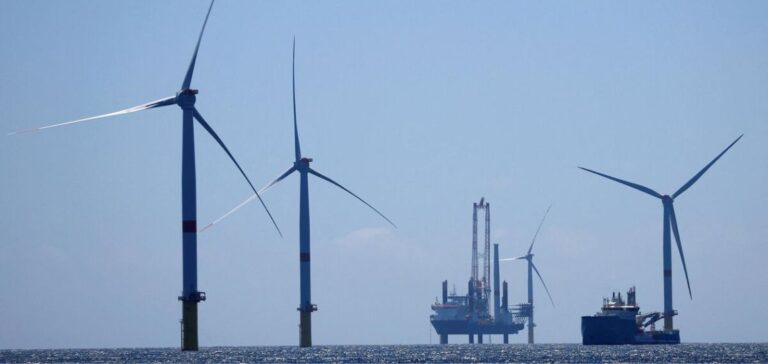Last year, the wind power industry saw a 50% increase over 2022, with 117 GW of new installations. GWEC has readjusted its growth forecast for 2024-2030 to 1210 GW, increasing its previous estimate by 10% in response to robust national industrial policies and a surge in offshore wind power.
Strategic imperatives and challenges
To meet the COP28 targets and stay on course for the 1.5°C limit on global warming, the sector needs to triple its annual growth, reaching at least 320 GW per year by 2030. GWEC calls for greater collaboration between policymakers, investors and communities to support investment, supply chains, system infrastructure and public consensus.
Regional perspectives and global leadership
Leadership and regional dynamics
China dominated the market with 75 GW of new installations by 2023, accounting for almost 65% of the global total and propelling Asia-Pacific to annual growth of 106%. Latin America, led by Brazil with 4.8 GW, and the Africa and Middle East regions also saw record growth, with an increase of 182% compared to 2022. These figures underline the need to improve market frameworks to accelerate the installation of global wind power capacity.
Voice of the industry and a call to action
Ben Backwell, CEO of GWEC, and Mohamed Jameel Al Ramahi, CEO of Masdar, as well as Girish Tanti, Vice President of Suzlon, expressed the crucial importance of this growth. They underline the commitment made by States, affirmed at the historic COP28 consensus, to triple global renewable energy capacity by 2030. These leaders call for regionally-tailored policies to remove barriers to implementation and promote secure supply chains.
The year 2023 not only set a record for the installation of wind power capacity, but also positioned the industry for a decade of transformative growth. In the face of persistent geopolitical instability, the focus must remain on removing regulatory and logistical barriers to maximize the potential of this key technology for the energy transition.






















